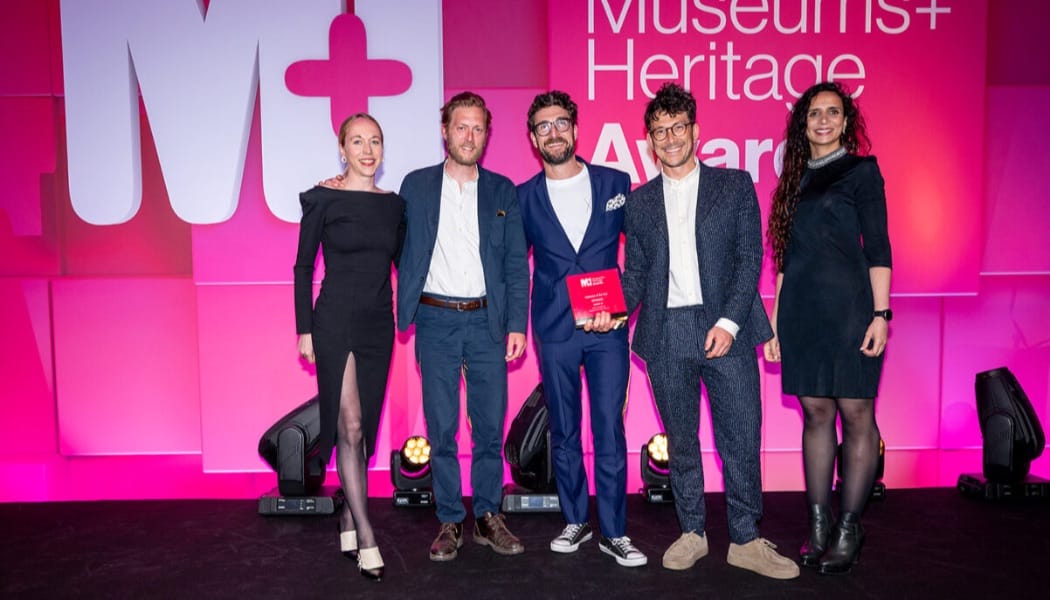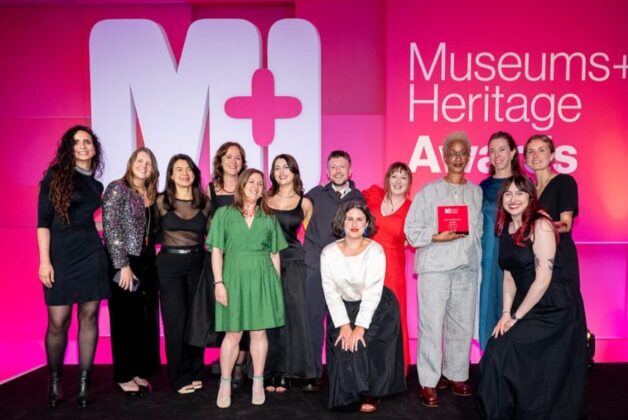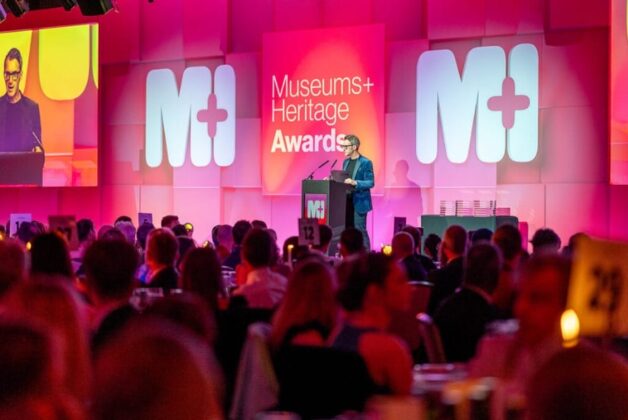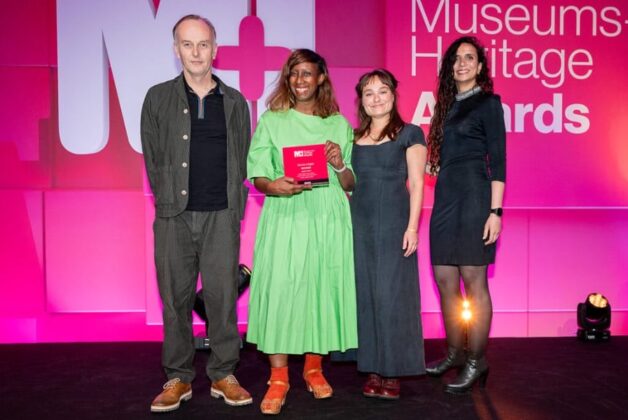Seven months after sector vote, Museums + Heritage Awards winner reports enhanced industry credentials and plans expansion beyond UK base.
When Anoxart Ltd won Innovator of the Year at the Museums + Heritage Awards in May 2025, the victory carried particular significance.
Unlike other categories judged by an independent panel, this award was decided by a sector-wide vote. Museums, galleries, and heritage professionals chose which innovation had made the greatest impact on their work.
In the upcoming Museums + Awards 2026, the same approach will be taken, as a sector-wide vote decides Business of the Year. It recognises businesses helping the sector save time, money, or solve critical problems.
For 2025 winner Anoxart, a business using low oxygen chambers to eradicate insect infestations without damaging delicate collections, the endorsement enhanced its credentials.
In a field where a single insect infestation can threaten entire collections, and where traditional pest control methods can pose risks to fragile objects, Anoxart’s approach offers museums a solution that prioritises preservation alongside eradication.
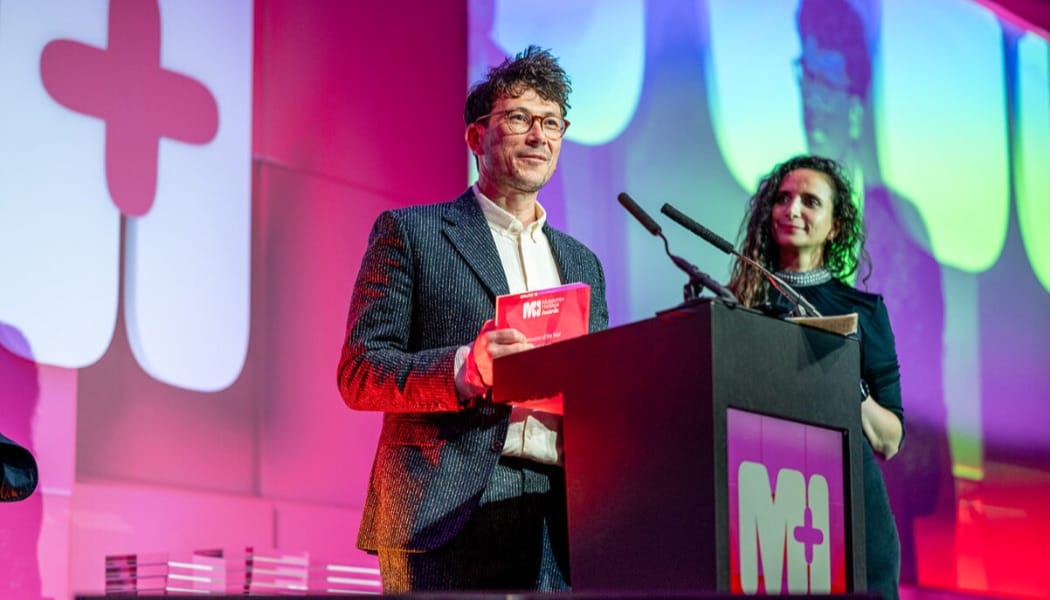
A Vote of Confidence
For the Anoxart team, the sector vote added weight to its recognition.
Anoxart director of sales and marketing, Jessica Burgess ACR, said: “It was a great honour for us, as good service and customer relations is at the core of our operations and is something we value highly.
“It has been hugely rewarding for us to have had our business recognised by our peers and clients.”
Seven months on, the impact extends beyond the trophy itself. “Winning the award has further enhanced our credentials within the industry,” Burgess explains.
“We have been able to use this in our marketing and outreach to existing and future clients, providing them with confidence we have been backed by museums and fellow conservators.”
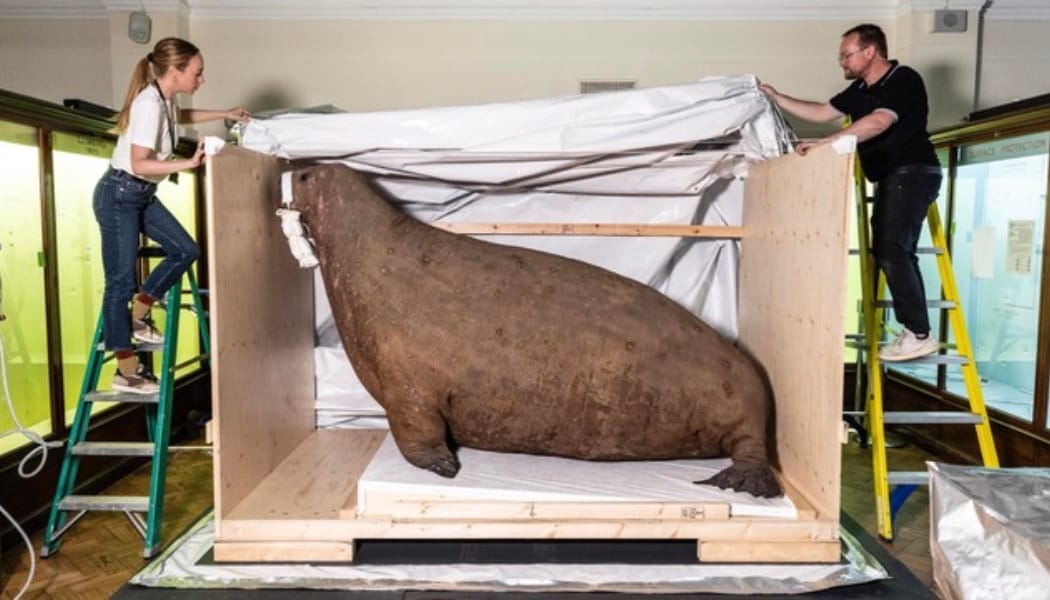
Conservation-First Innovation
Anoxart’s approach stems from their conservation background, which shapes how they’ve developed the technology. “…the long-term preservation of any object we treat is at the forefront of the business,” said Burgess.
The process is straightforward but precise: infested artworks are sealed inside a chamber where the environment can be controlled to recommended temperature and relative humidity for the specific object. “We displace the oxygen inside the chamber, which in turn kills the complete life cycle of any insect through suffocation, eradicating the infestation.”
“This prevents irreversible damage and allows artworks to be returned to archives, stores or museums posing no risk to other items in the collection.”
The system’s portability and remote monitoring capabilities have proven particularly valuable for institutions. Treatments can be carried out on-site, crucial for objects too delicate or valuable to transport, while clients can log in to monitor conditions throughout the treatment period.
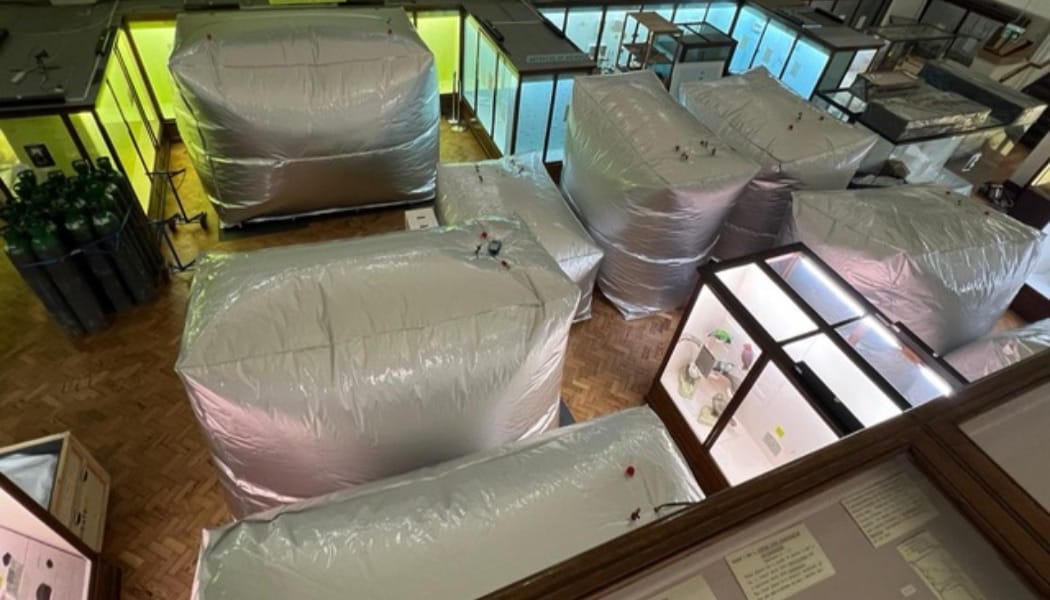
Treating the Irreplaceable
The team has worked with some of the UK’s most prominent cultural institutions, but one project particularly demonstrates the technology’s value: treating a mummified person and coffin for the Museum of Archaeology and Anthropology at Cambridge University.
“Due to the delicate nature of this particular object, this was of great importance to the museum,” Anoxart explains, highlighting how the portable system eliminated transport risks. The remote monitoring system provided additional reassurance, allowing MAA staff to track environmental conditions in real-time throughout the treatment.
The museum’s testimonial speaks to the experience: “The experience of working with Anoxart has been entirely positive and we would not hesitate to call them again in future if an object requires anoxic treatment for pest control. From the start of the conversation about the feasibility of anoxic treatment for our needs, we benefited greatly from the Anoxart team’s prompt and proactive communication.”
MAA particularly valued the transparency: “By allowing us access to the data transmitted by the Eltek-based monitoring system placed inside the chamber, we could track the readings across the treatment period and witness the successful application first hand.”
Building on Success
Looking ahead, Anoxart’s ambitions extend beyond their current UK base. “We are constantly testing our equipment and carrying out trials, striving to provide the best service for our clients,” Burgess said.
“Our aim is to be the go-to pest eradication service within the industry, collaborating with other leading innovators. Having built a strong foundation in the UK, we will be looking to offer our services further afield.”
For a company whose work happens largely behind the scenes, in storage facilities, archives, and conservation labs rather than public galleries, the sector vote represents recognition from the professionals who understand exactly what’s at stake. Treating irreplaceable cultural objects, and confidence that Anoxart’s conservation-first approach is making a genuine difference in protecting heritage for future generations.
Could you take home the Museums + Heritage Awards 2026 ‘Business of the Year’?
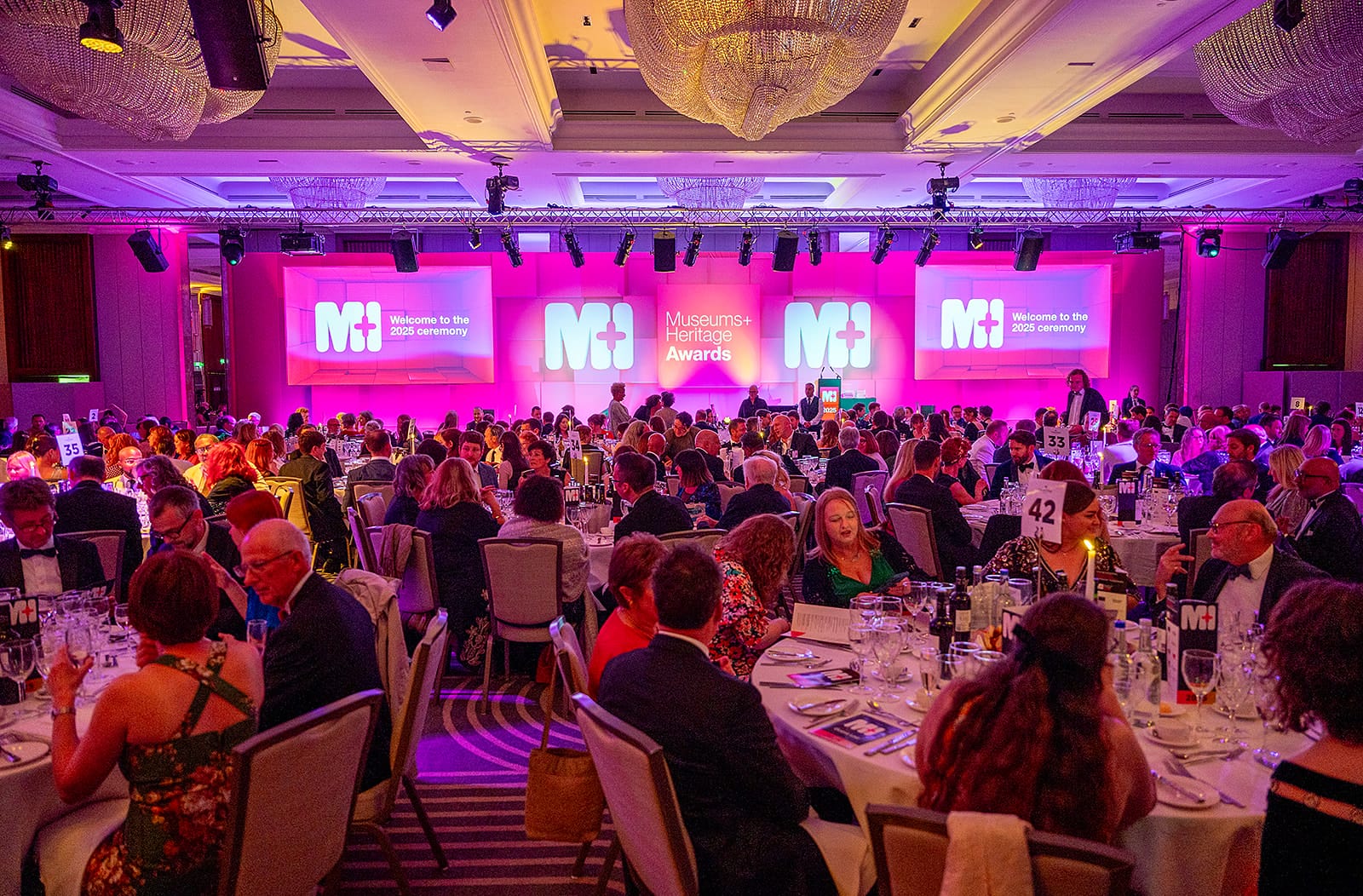
The Museums + Heritage Awards celebrate the very best in the world of museums, galleries and cultural and heritage visitor attractions.

